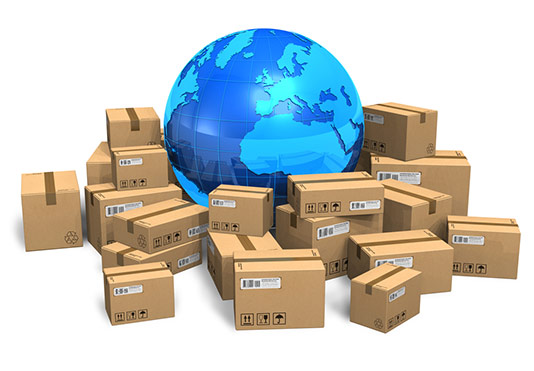Like it or not, your work may be going with you on summer vacation this year.
Don’t get us wrong – a little R&R is vital to your physical and mental well-being. If you can completely detach yourself from the office or the warehouse and enjoy your time off, more power to you.
But by the same token, you’re not going to relax very easily if yu spend your vacation time fretting over missing vital messages or constantly phoning in to stay apprised of new order-fulfillment opportunities.
Aware of this conundrum, technology providers have graciously stepped up to create devices, data plans, programs and apps that help you manage your business and your email from wherever you are. They go a step beyond texting and Skype to deliver some rather cool options.
Summer business tips for keeping up while chilling out
Whether you’re hitting the road or hanging out at home, you can enjoy some time away from the workplace without worrying about falling behind. You may find the answer in free apps, or opt to pay a monthly surcharge or subscription rate – but you may discover that the investment pays off in peace of mind.
The Choices Are All Yours
Single-number convenience
If you’re the kind of manager who gets tons of voicemails, there’s no need to subject your fellow vacationers to the sound of a fulfillment or shipping challenge being addressed. Free – at least until the end of 2012 – Google Voice is an app that delivers phone and texting from the same number and, even cooler, voicemail transcription. This means Google Voice lets you download your voicemail and read it like email. The app also boasts of “cheap international calls” outside North America.
Computer access programs
Stuck on the tarmac? Ditch the Skymall magazine and catch up with the folks back home. GoToMyPC is a screen-sharing subscription program that uses the Internet to connect your mobile device (laptop, netbook, tablet or smartphone) to the computer back home. Available in different pricing tiers for individual and multiple users, this program enables full access to the “host” computer, from email to documents to downloads – you can even transfer files between devices. Just remember to keep your work computer running and connected online before you leave, and GoToMyPC will do the rest.
Windows Live Mesh does GoToMyPC one better – it’s free. This app also recreates the host-computer experience, though you do need to have Windows Vista or Windows 7 or above. You’ll also need Internet Explorer downloaded on your computer to make it work – remember that if you’re tied to Firefox or some other browser.
Personal WiFi
The days of ducking into a McDonald’s or parking behind a Panera Bread to score some need-it-now WiFi are over. Now you can tote your personal WiFi hotspot in your pocket with a data-plan-enabled mobile phone. A variety of hardware and software options – at varying price points – can attach your phone to your laptop or tablet and enjoy Internet access anywhere. Just remember to carry a charger with you – WiFi functions are notorious battery-suckers on phones.
If your spouse and kids are similarly tied to the Internet, you can keep everyone happy on vacation using portable devices. Verizon’s Mobile Hotspot connects up to five phones, tablets, game systems, laptops and other devices simultaneously, while Droid Razr Maxx is a tiny powerhouse that fuels up to seven devices and frees you from the slow access and annoying service charges of hotel and airport WiFi.
Email folders
You use email folders at home; now you can use them anywhere. Creating email folders on your smartphone or tablet takes little time and goes a long way toward helping you organize your communications while away from the workplace. Most plans work with the most popular mail servers, like Gmail, Yahoo Mail, Hotmail and Microsoft Exchange. If you have the iPhone 4, Siri will even transcribe and send your email for you.
It’s Your Time
You earned your summer vacation – make it a meaningful one. With robust technology at the ready, you can keep up at your convenience, return to the warehouse rested, ready – and without millions of emails and voicemails waiting to bury you.





 Subscribers can quickly become un-subscribers, so identifying and attracting new audiences is an important part of your e-newsletter strategy.
Subscribers can quickly become un-subscribers, so identifying and attracting new audiences is an important part of your e-newsletter strategy.
 Building brand awareness, and qualified leads, through content starts with grabbing attention through the media that matters:
Building brand awareness, and qualified leads, through content starts with grabbing attention through the media that matters: